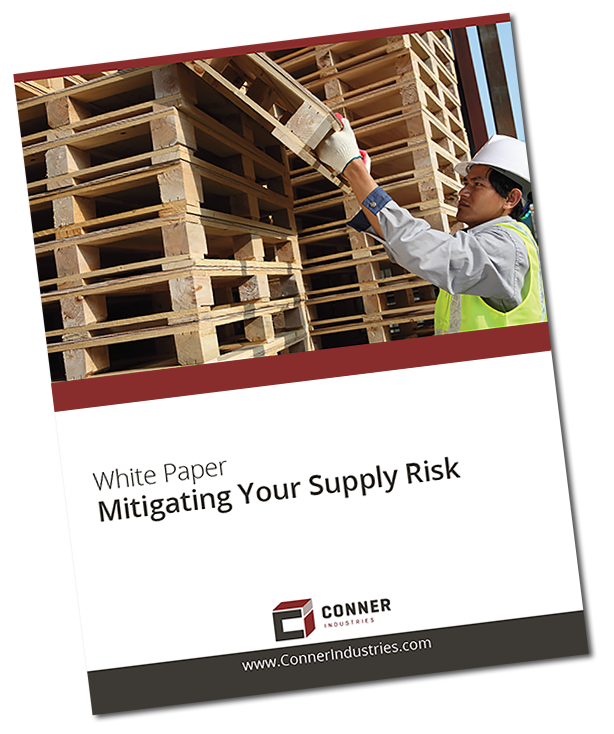
The 2024 Avian Flu Outbreak and Wood Packaging: What You Need to Know
The recent Avian Flu outbreak has had notable implications for the wood packaging industry, but the sector is demonstrating resilience and adaptability in the face of these challenges. The outbreak continues to affect the poultry industry, particularly in regions with intensive farming operations.
Alongside the outbreak, there have been notices circulating announcing that, immediately taking effect, all wood materials exported from Canada to the US now need to be heat treated or fumigated per the ISPM-15 requirements. The notices state new regulations are due to the recent Avian Flu outbreak.
The US and Canadian governments have confirmed that the shipping requirements remain unchanged and that any notices circulating are FALSE.
What You Need to Know About the Avian Flu Outbreak
Avian Influenza, otherwise known as Avian Flu, bird flu, or H5N1, is a type of influenza virus that primarily affects birds but can be transmitted to humans, cattle, and other animals. The origin of avian flu can be traced back to aquatic birds, but since 2022 there has been an increasing spread to domestic poultry.
According to the Centers for Disease Control and Prevention (CDC) since the latest Avian Influenza H5N1 outbreak in 2022, over 100 million birds in 48 U.S. states and 191 dairy herds have been affected. The USDA continues to test retail beef for the virus and maintains that the beef food supply remains safe. The total reported human cases in the United States since 2022 is 14 and the CDC has stated that the current public health risk is low.
Supply Chain Disruptions and Adaptations
The wood packaging industry, which supplies pallets, crates, and other essential materials for transporting poultry and related products, has experienced disruptions due to the outbreak. The need to cull millions of birds has led to a temporary reduction in the volume of poultry products being shipped, directly affecting the demand for wood packaging in this sector. However, this downturn is expected to be short-term as the poultry industry adjusts and recovers from the outbreak.
In response to these disruptions, some wood packaging manufacturers are diversifying their client base and exploring opportunities in other sectors less affected by the outbreak, outside of the food industry, where demand for packaging remains robust. This strategic shift is helping to mitigate the impact of reduced poultry shipments on their operations.
Health and Safety Standards
With the avian flu’s heightened focus on biosecurity and sanitation, the wood packaging industry is also emphasizing the importance of adhering to stringent health and safety standards. Companies are increasingly investing in treatments that prevent contamination and ensure that their packaging materials do not contribute to the spread of the virus. These measures include heat treatment and fumigation of wood products to eliminate any potential pathogens, thereby maintaining the integrity of the supply chain.
These standards are indicated by individual companies and are not currently required by state or federal agencies.
Thoughts Moving Forward
In conclusion, the NWPCA, CDC, USDA, and other agencies are keeping a close eye on the avian flu outbreak and how it could further affect the wood packaging industry. While the avian flu outbreak has posed challenges for the wood packaging industry, particularly through disruptions in the poultry supply chain, the sector is responding with resilience.
Any changes to shipping requirements will be announced directly by the agencies above.



![[PRESS RELEASE] Conner Industries Expands Integrated Packaging Division with Acquisition of Kirkland Sales Inc.](https://connerpackaging.b-cdn.net/wp-content/uploads/2024/05/Foam-Page-Featured-500x383.jpg)







